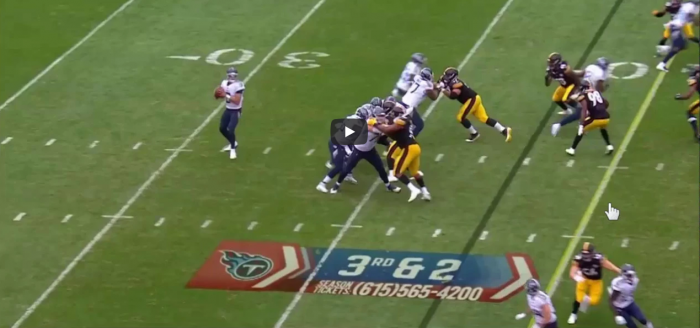
Matt Waldman’s Rookie Scouting Portfolio writer Mark Schofield reveals the critical balance in quarterbacking when analysis of mechanics matters and when it doesn’t.
When do mechanics matter?
We are headed into draft season, that wonderful time of the year when the traits of hundreds upon hundreds of potential professional football players are scrutinized and debated, perhaps ad nauseam. Quarterback is a position where this happens more than most, and the next few weeks will be filled with debates over processing speed, ball placement, offensive schemes, hand size and yes, mechanics. But when is the criticism of a passer’s mechanics necessary, and when is it superfluous?
When they matter.
Here’s what I mean by that. During the run-up to his draft, Patrick Mahomes’ mechanics were put under the microscope, with some believing that his mechanics would need serious refinement to work in the NFL. For others, they were not a concern. Why? Because he was still putting the football where it needed to be, when it needed to be there. That should be the focus. When the mechanics from the passer impact the play on the field, that is time for concern.
On these three throws from Mitchell Trubisky and Marcus Mariota, we see how mechanics matter:
Spotting the difference in mechanics and whether they are a concern or not is sometimes easy, and sometimes hard. With a player like Mahomes, it was difficult to divorce the evaluation from the production. But striking that critical balance is essential to putting together the right opinion on a player.
For college, NFL, and NFL draft analysis subscribe to the RSP site and receive notifications of the latest post via email. Scroll to the bottom of this page and simply enter your email address.

